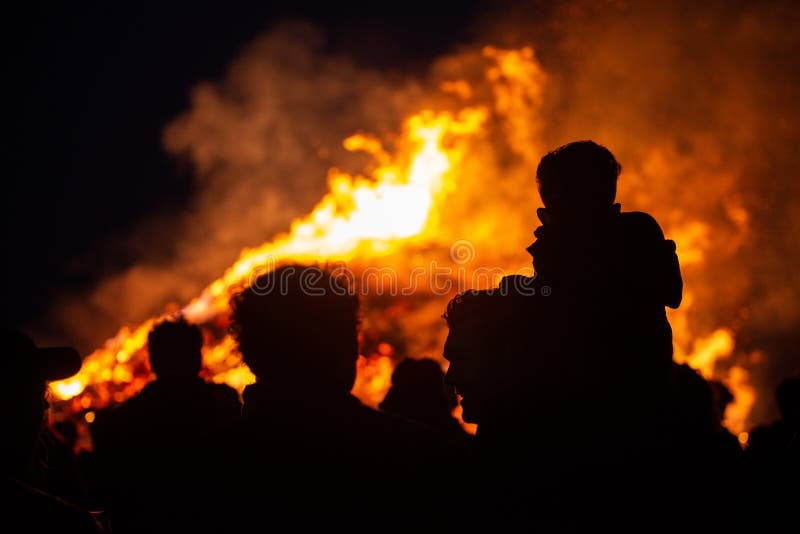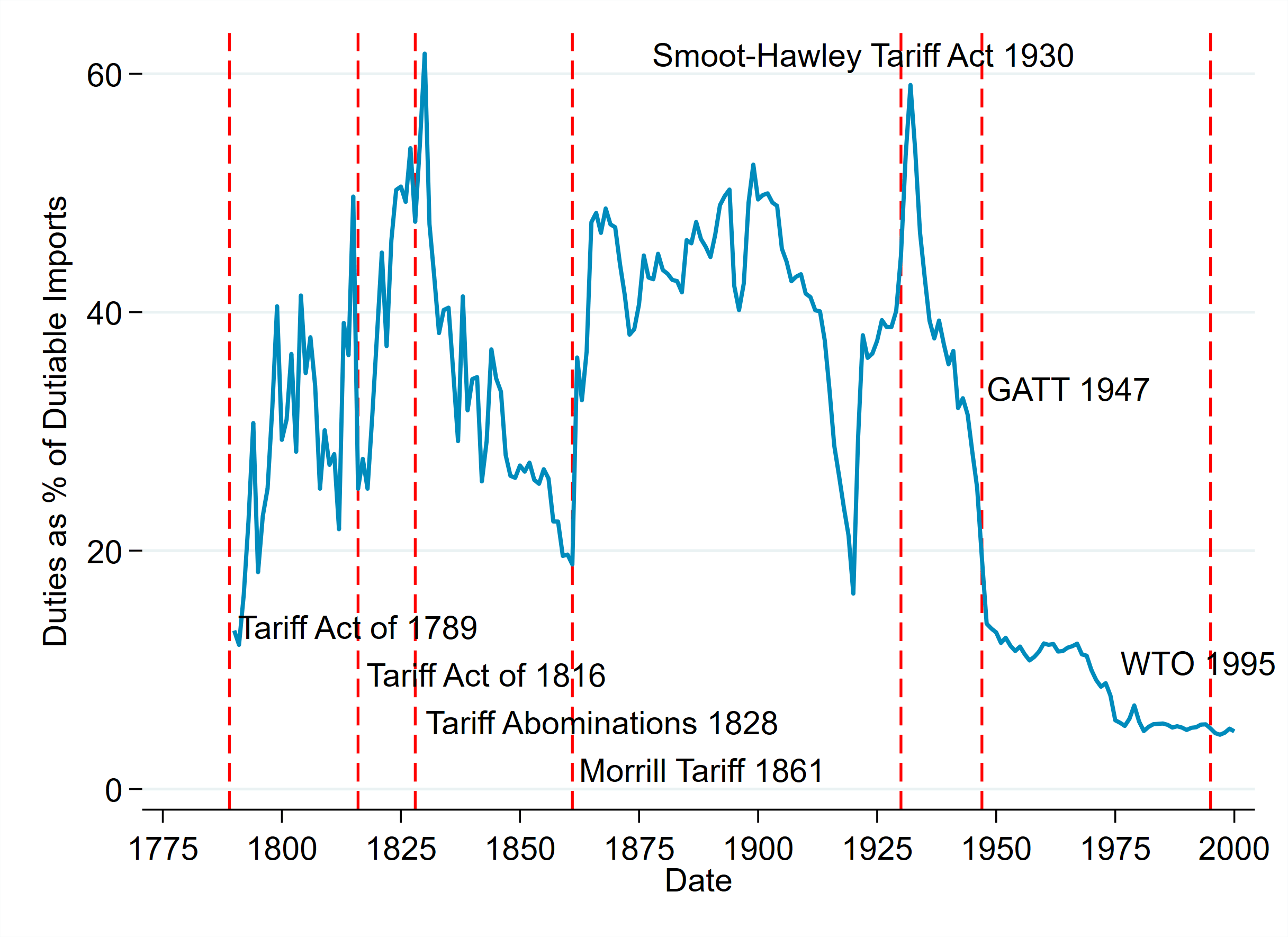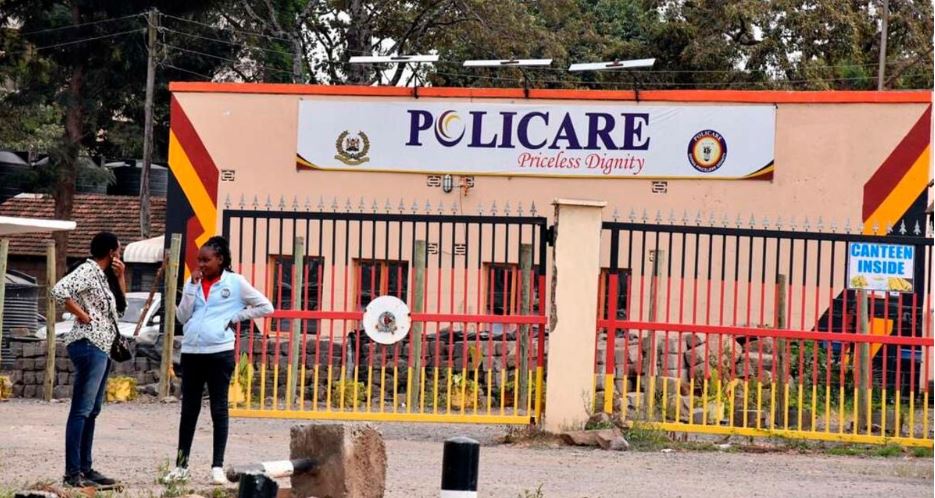Easter Bonfire Safety: The Threat Of Dry Conditions

Table of Contents
Assessing the Risk: Dry Conditions and Fire Danger
Dry vegetation, coupled with windy conditions, significantly increases the risk of wildfires, especially during the Easter period. Understanding the fire danger is the first step towards Easter bonfire safety.
- Weather Factors: Pay close attention to local weather forecasts. Low humidity, high winds, and prolonged periods without rain create extremely flammable conditions. Even a small spark can rapidly ignite dry grass and leaves.
- Fire Danger Ratings: Check your local fire department or meteorological service website for up-to-date fire danger ratings. These ratings provide an assessment of the current risk level and may even impose burn restrictions. [Link to local fire danger rating website here].
- Fuel Source: Dry grass, leaves, and undergrowth are extremely susceptible to ignition. A seemingly small fire can spread rapidly in such conditions, putting lives and property at risk.
Checking Local Fire Restrictions and Permits
Before lighting any bonfire, it's crucial to verify whether local burn bans or restrictions are in effect. Many areas implement temporary restrictions during periods of high fire danger.
- Burn Bans: Check your local government's website or contact your fire department to determine if any burn bans are currently in place. Igniting a bonfire in violation of a burn ban can result in significant fines or even legal consequences.
- Permits: In some regions, permits might be required before starting a bonfire, even outside of burn ban periods. Obtain the necessary permits well in advance to avoid any legal issues.
- Consequences: Disregarding fire restrictions can lead to hefty fines, potential legal action, and even imprisonment in severe cases. Always prioritize compliance with local regulations.
Preparing a Safe Easter Bonfire Site
Careful site selection and preparation are essential for Easter bonfire safety. A poorly chosen location can quickly escalate a fun gathering into a dangerous situation.
- Clearance: Create a wide safety zone around the bonfire. Clear at least 10 feet of space around the fire pit, removing any dry grass, leaves, twigs, or other flammable materials.
- Distance: Keep the bonfire far away from any structures, trees, fences, overhead power lines, and other potential ignition sources.
- Water Source: Always have a readily available water source nearby. This could be a garden hose with sufficient water pressure, multiple buckets of water, or a nearby pond or stream.
- Wind Conditions: Ideally, select a location with minimal wind to prevent embers from scattering.
Choosing the Right Fuel
Using the appropriate fuel significantly impacts Easter bonfire safety.
- Dry, Untreated Wood: Use only dry, seasoned wood that's been properly cured. Avoid using green wood or treated lumber, as these can produce excessive smoke and potentially dangerous chemicals.
- No Accelerants: Never use accelerants like gasoline, kerosene, lighter fluid, or other flammable liquids to start or increase the fire. These substances can cause rapid, uncontrollable flames and dangerous explosions.
- Wood Size: Use smaller pieces of wood to ensure better burning and easier control of the fire. Larger logs can take longer to burn and create intense, unpredictable flames.
Extinguishing Your Easter Bonfire Safely
Proper extinguishment is crucial to prevent reignition and ensure Easter bonfire safety.
- Douse Thoroughly: Gradually pour water onto the embers, stirring them with a shovel or other sturdy tool to ensure complete saturation.
- No Steam: Continue adding water until no more steam is produced. This indicates that the embers are fully extinguished.
- Check Later: Check the embers several hours later to ensure that no remaining heat reignites the fire.
- Unattended Fires: Never leave a bonfire unattended. Always have someone responsible monitoring the fire until it's completely extinguished.
What to Do in Case of an Emergency
Knowing how to react in an emergency is a critical aspect of Easter bonfire safety.
- Rapid Spread: If the fire starts to spread uncontrollably, immediately call emergency services (911 or your local emergency number).
- Evacuation: Be aware of your surroundings and know your evacuation routes in case of a rapid fire spread.
- Safety First: Your safety and the safety of others are paramount. Evacuate the area immediately if necessary and follow the instructions of emergency personnel.
Prioritize Easter Bonfire Safety
Careful planning and responsible behavior are essential for ensuring Easter bonfire safety during dry conditions. By following these guidelines for risk assessment, site preparation, fuel selection, safe extinguishment, and emergency procedures, you can significantly reduce the risk of accidents and contribute to preventing Easter bonfire accidents. Prioritize safe Easter bonfire practices and responsible Easter bonfire management to make this Easter a safe and memorable celebration. Let's all work together to prevent Easter bonfire accidents this year.

Featured Posts
-
 Us India Trade Talks Trumps Stance On Tariff Cuts
May 18, 2025
Us India Trade Talks Trumps Stance On Tariff Cuts
May 18, 2025 -
 Netflix Series Reveals Phone Call Leading To Bin Ladens Capture
May 18, 2025
Netflix Series Reveals Phone Call Leading To Bin Ladens Capture
May 18, 2025 -
 Office365 Data Breach Millions Lost Crook Arrested
May 18, 2025
Office365 Data Breach Millions Lost Crook Arrested
May 18, 2025 -
 Save With Uber One Now Available In Kenya For Rides And Deliveries
May 18, 2025
Save With Uber One Now Available In Kenya For Rides And Deliveries
May 18, 2025 -
 City Pickle Announces New York City Pickleball Complex Opening
May 18, 2025
City Pickle Announces New York City Pickleball Complex Opening
May 18, 2025
